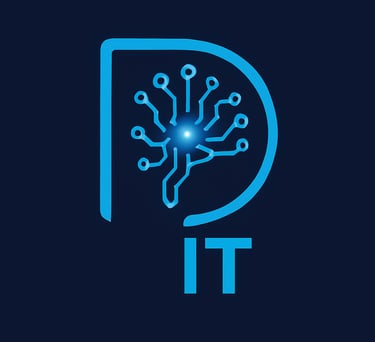
Business Analysis
Business Analysis plays a vital role in the success of Robotic Process Automation (RPA) and software projects.
It serves as the bridge between business needs and technical solutions, ensuring that every automation or software initiative delivers real value.
Building the bridge between business and technology
Why Business Analysis
Business Analysis is the foundation of successful change in any organization. It ensures that the right problems are identified, the right solutions are proposed, and the results deliver real value to the business.
In both automation and software projects, Business Analysts (BAs) act as the link between business needs and technical delivery.
They dive deep to understand current processes, uncover inefficiencies, and translate business goals into clear requirements that guide development.
Without proper analysis, projects risk delivering the wrong solution, going over budget, or missing the mark entirely.

Business Analysis and Requirements Engineering
In any software or automation project, understanding the true business need is critical. That’s where Business Analysis and Requirements Engineering come into play.
As Business Analysts, we work closely with stakeholders to explore current processes, uncover pain points, and identify opportunities for improvement. They focus on the big picture, what the business is trying to achieve, and help shape solutions that make a real difference. Their role is to clarify goals, align expectations, and ensure the project stays focused on delivering value.
Once the goals are clear, Requirements Engineering turns those insights into detailed, structured requirements. This involves documenting what the system or automation should do, making sure every requirement is clear, testable, and traceable. It helps avoid miscommunication and keeps development on the right track.
Key responsibilities
Engagement
Engage with stakeholders to understand needs and gather information
Analysis
Analyze current workflows and identify areas for improvement
Write clear and actionable functional and non-functional requirements
Requirements Management
Facilitation
Facilitate communication between business teams and developers
Support solution validation and ensure the product meets expectations
Validation Support
Alignment
Define business goals and align them with technical solutions
Techniques
To deliver successful projects, we use a variety of practical techniques to gather insights, define needs, and document requirements
Business Workshops
Collaborative sessions that bring stakeholders together to explore processes, align on goals, or define requirements
Process Mapping
Creating visual diagrams (e.g., flowcharts, swimlanes, BPMN) to understand how work is currently done and spot inefficiencies
Interviews
Direct discussions with stakeholders to explore their needs, pain points, and expectations
Requirements Workshops
Focused sessions for eliciting, reviewing, and validating requirements with business and technical teams
STAR Technique
BAs use STAR to guide stakeholder interviews, understand past challenges, and document real-world case studies clearly
Document Analysis
Reviewing existing materials like reports, or logs to extract useful information about current systems or rules
Observation (Job Shadowing)
Watching users perform tasks to gain insights into undocumented steps or real-world challenges
GAP Analysis
Comparing the current state with the desired future state to identify what needs to change or improve
Tools
We use a variety of tools to support collaboration, documentation, analysis, and visualization, ranging from Excel for data handling, Microsoft Teams for communication, and Miro for interactive workshops, to platforms like Confluence, Jira, and Visio for managing requirements and mapping processes effectively
JIRA
We use Jira for agile project and task management, helping teams track progress, prioritize work, and maintain transparency across the development lifecycle
SharePoint
We use SharePoint for centralized document management and collaboration, allowing teams to securely share files, co-author documents in real time, and maintain version control to ensure consistency across projects
Confluence
We use Confluence for centralized documentation, allowing teams to capture requirements, create process documentation, and maintain version-controlled project artifacts in a single collaborative space
Excel
We use Excel for data handling and analysis, enabling teams to organize, calculate, and visualize information to support informed decision-making
Microsoft Teams
We use Microsoft Teams for seamless communication and collaboration, enabling chat, video meetings, and integrated file sharing to keep project teams connected and aligned in real time
Visio
We use Microsoft Visio for creating diagrams that visualize processes, workflows, and system architectures, helping teams simplify complex information and communicate it more effectively


